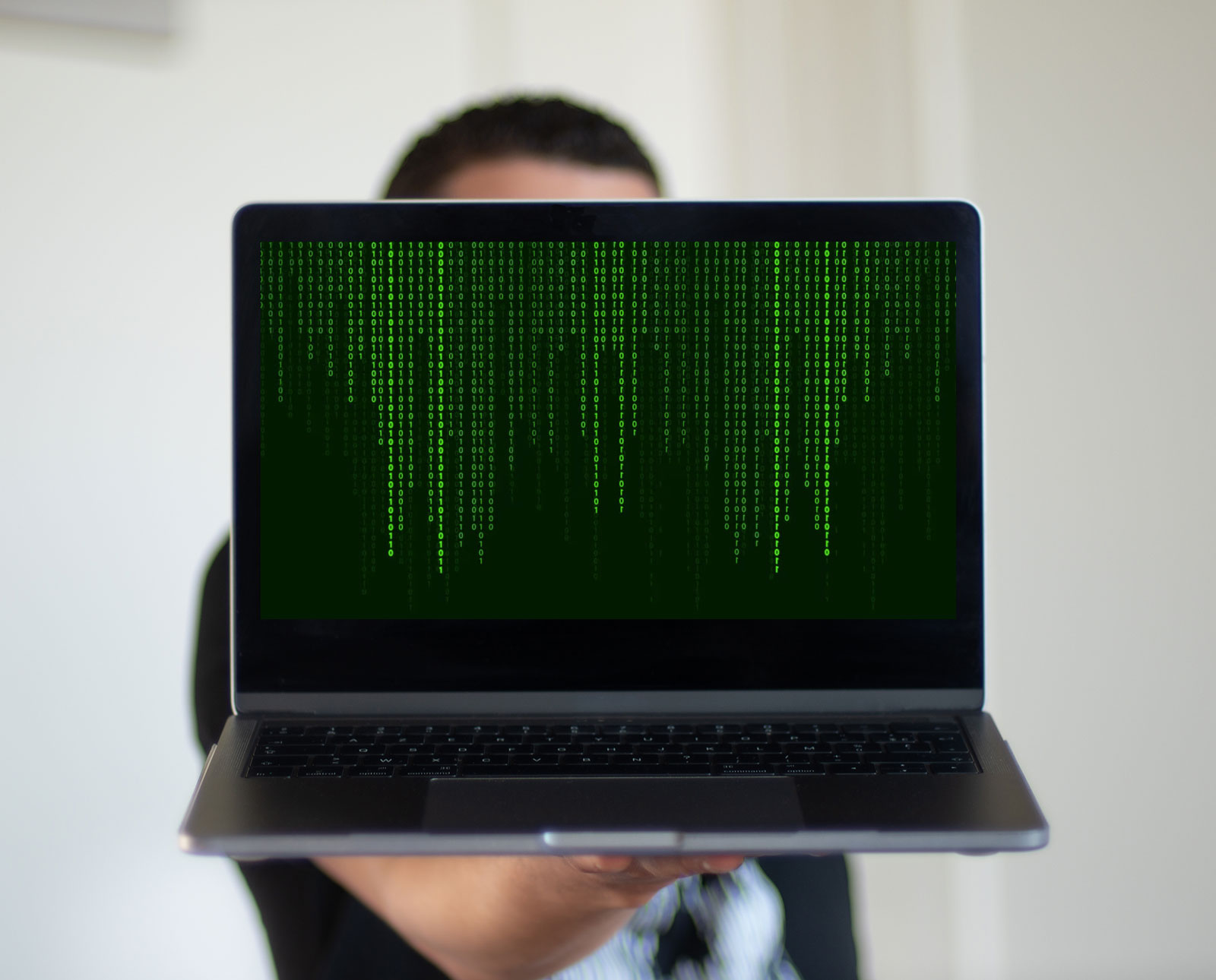In a short time, AI has moved from being an interesting sub-sector to a transformative force on the digital landscape, with the potential to revolutionise industries. It promises great benefits for many businesses. However, alongside these benefits, the rise of AI also introduces new dangers that can significantly undermine cybersecurity efforts.
Malicious hackers can harness its power to launch more sophisticated, targeted, and evasive cyberattacks. The use of AI-driven tools allows for the constant change in malware signatures to evade detection and the spawning of large amounts of this malware to increase the power of the attack.
Benefits of AI for Cybersecurity
- Improved detection and threat response
- Active cybersecurity analytics with predictive interventions
- Automation of routine security tasks
- Individual behavior analysis and personalized security
There are also issues about AI cybersecurity. The rise of AI in cybersecurity raises various ethical and legal questions, such as the potential for AI-driven surveillance and invasion of privacy, biases in AI algorithms, and the accountability for AI-driven decisions.
Organizations need to carefully consider these issues as they implement AI-based security measures.
There is an emerging cybersecurity skills gap and utilities may need to invest in training to acquire appropriate cybersecurity personnel.
The Dangers of AI
Cybercriminals are using AI to generate highly targeted spear-phishing emails that appear more convincing and personalized, increasing the chances of successful large-scale, automated social engineering attacks.
Evasive malware: AI-powered malware can adapt its behavior to avoid detection by security systems, making it more challenging for utility companies to identify and neutralize the threat. Intelligent brute-force attacks: by using AI algorithms to accelerate password cracking efforts, hackers can bypass authentication systems more effectively.
AI-generated deepfakes, which involve creating realistic but fake audio, video, or image content, can be used to impersonate trusted individuals, including executives and employees, to gain access to sensitive systems.
Hackers can leverage AI to identify vulnerabilities and potential exploits in software, networks, and systems more quickly and accurately than with older methods.
The battle of AI versus AI: cybercriminals can use AI to develop techniques to deceive or bypass AI-based security systems.
To counter these AI-driven threats, businesses must invest in proactive and adaptive cybersecurity measures, combining AI-powered defence technologies with human expertise. By utilising best practices and staying vigilant, the sector can stay ahead of emerging dangers created by AI in the hands of malicious individuals or organisations.

